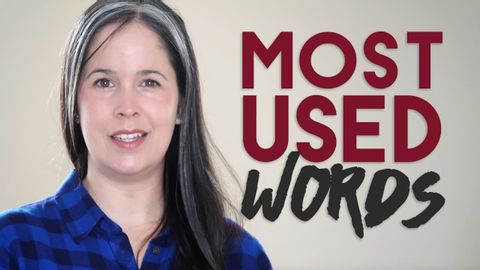Learning English – Spoken English Pronunciation of the Most Common English Words
Samuel 發佈於 2018 年 04 月 10 日  沒有此條件下的單字
沒有此條件下的單字- v.t./i.棒;黏貼,張貼;堅持;伸出;忍受
- n. (c.)棍棒,棍枝,枝條
US /prəˌnʌnsiˈeʃən/
・
UK /prəˌnʌnsiˈeɪʃn/
- n. (c./u.)發音;正確發音;發音方式;發音指南
US /rɪˈdɪkjələs/
・
UK /rɪˈdɪkjələs/
